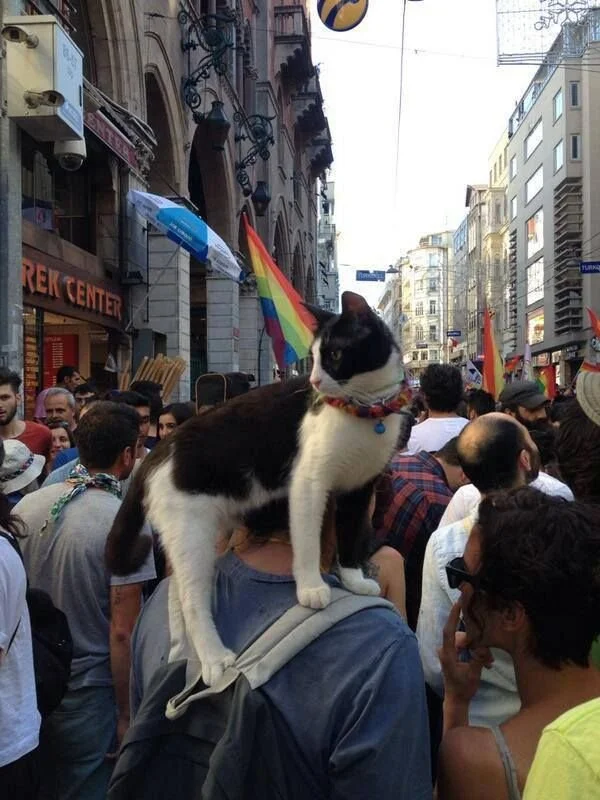A Queer Memory of Istanbul
It’s a map of resistance, survival, and belonging — written in the margins of a restless city. Where were you when it was shouted “Nerdesin Aşkım?” from rooftops to side streets, when #direnayol was more than a hashtag — a lifeline? To trace queer life in Istanbul is to follow stories of movement, exile, reunion, dance, hunger, shelter, and laughter. It’s not linear — it’s layered. Like the city itself.
Spaces of Disappearance and Emergence
In the mid-20th century, queer lives moved quietly through Istanbul’s cultural fabric — on stages, in bars, and behind closed doors. Through the 1970s, this presence endured, especially in nightlife and working-class neighborhoods. But in 1974, state policing began to tighten, targeting trans communities with increasing hostility. Still, it was after the 1980 military coup that visibility dramatically declined, as repression deepened and queer life was pushed further underground.
1987: Gezi Park Hunger Strike
In April 1987, 37 queer individuals began a hunger strike in Gezi Park. It lasted ten days. Supported by artists and everyday citizens, this act of defiance became a foundational moment in Turkey’s queer memory—a collective refusal to be erased.
Ban to Backbone
In 1993, Istanbul’s first planned Pride was banned. Activists were detained. But from that moment, Lambdaistanbul was born — followed by Kaos GL in Ankara a year later.
These organizations — along with newer collectives like Aramızda — became the backbone of queer self-organizing in Turkey, building legal, cultural, and emotional infrastructure that continues to hold memory and presence today.
From Quiet Steps to a Roar
In 2003, around 30 people marched down Istiklal — no permits, no media, just presence. 2013, brought the highest number of people Istanbul’s Pride has ever seen. Pride had become not just protest, but a public celebration of resistance and collective memory.
They Banned the Parade, Not the Presence
Since 2015, Istanbul Pride has been repeatedly banned and violently suppressed. But it adapted — into alleyway gatherings, neighborhood marches, sudden and creative pop-up protests. Pride dispersed — but never disappeared.
Culture as Resistance
To be seen is to resist. To gather is to remember. Being queer in Istanbul is a form of urban authorship. To walk, to dance, or simply to exist in public is to inscribe presence onto the city itself. The memory is still unfolding, every day, in every corner of this city.
#scrollslowtuesday
sources&credits: Lubunya, Kaos GL, Lamdaistanbul, velvele, feministbellek







